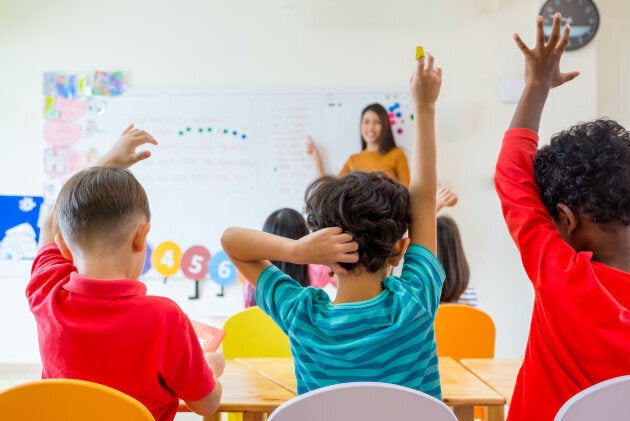
There are certain moments in family life where every parent can relate. Their child is standing in front of them, hands on hips, with a pouting face, declaring "that's not fair." In many instances, perhaps a family rule enforced, the kids were probably right. Whatever it was might not have been fair but it was probably meeting a need. Knowing that fair is not always equal gives your child a framework for understanding rules and discipline choices both at home and at school.
Family lessons about being fair
There are many ways to explain that fair is not always equal. Family life frequently offers up a teachable moment for this concept. For instance, a child in the family may need glasses but that does not mean every child in the family gets glasses.
"Fairness does not mean everyone gets the same. Fairness means everyone gets what they need."
- Rick Riordin
Older children, by virtue of their age, have more privileges and freedoms than younger children. They can visit friends that live a distance away and their bedtime is probably different. Bigger appetites might get the bigger slice of pie because it will be eaten. These situations may not look fair but the needs of each child are being considered.
There is the well-known Band-Aid lesson to teach fairness that is suitable for school-age children. Have them think about injuries on a school yard or playground. There can be anything from a small bruise, to stitches and even broken limbs. Would a single band aid work for every problem? One size does not fit all. Several children hurt at the same time would most likely receive different levels of care depending on the injury. Every child gets what they need but some get more care than others.
Making personal connections solidifies the knowledge. Ask your child to identify situations where being fair but not equal was the answer. Then ask them to explain why that was so.

School offers up lots of fair and equal lessons
Your child will experience fair and equal lessons in many places in their life, particularly at school. The classroom is an ongoing lesson of fair not always being equal. Teachers are constantly balancing fairness in a classroom. As an example, ACE students with very specific needs make up a portion of every classroom. A teacher needs to be mindful that every life in that classroom is different and each student is dealing with their own unique circumstances. What might not appear to be fair in discipline or assignments is really the teacher meeting individual needs.
Fairness is not rejection
A child can misunderstand a rule or demand and see it as a form of rejection.
My little grandson likes to play to with his older brother and his friends. That is not always possible. His parents balance the opportunities for a number of reasons. My older grandson has wider neighbourhood boundaries and often plays several blocks away from home. The younger one sometimes feels a sense of rejection because he isn't allowed to wander very far from home. The rules are in place to protect him. He is getting what he needs — limits to his freedoms at this point in his life. When faced with these types of family situations you can explain that the rules will no doubt change as they get older.
Explaining decisions to your child is one step in helping them understand fair not always being equal. They are quite capable of understanding this concept if it is described to them in age-appropriate lessons. Understanding how fairness and equality play into family life builds on the strength and trust in the family unit.
Why is this life lesson important for your child?
Understanding the concept also adds to their emotional agility which includes the ability to effectively handle interpersonal relationships. It strengthens their EQ, formerly known as emotional intelligence and is part of SEL (social emotional learning) — described as " the platform and process for a potential revolutionary leap forward in educating the whole child."
It has a direct relation to how they treat others. It tempers their inclination to be judgemental and critical about decisions made or consequences handed out by you or their teacher.
We only have to look around our world today to know there are many times when life simply isn't fair. That is a fact without compromise.
There are, however, many times when fair is meeting a need but may not appear equal. The ability to identify, analyze and understand those situations creates one more emotional building block for your child's future.
Have you been affected personally by this or another issue? Share your story on HuffPost Canada blogs. We feature the best of Canadian opinion and perspectives. Find out how to contribute here.
Also on HuffPost: